Aralia cordata ’Sun King’
Golden Japanese Spikenard 'Sun King'
Golden Japanese Spikenard 'Sun King'
Exposure
- Partial shade
Rusticity
Bloom time
- August
- September
- Golden lime green leaves
- Produce fruits
- Attracts bees and birds
- Toothed leaves
- Part-shade
Aralia cordata 'Sun King', also known as Japanese Spikenard, is a rhizomatous perennial that stands out for its spectacular foliage. Its large, compound leaves, in a bright golden yellow, evoke a tropical ambiance and bring exceptional brightness to shaded areas. In late summer, delicate white flowers appear, followed by decorative black berries.
Key Features:
- Shape: Upright and rounded clump, with thick and sturdy stems.
- Flowers: Small white flowers in feathery panicles, appearing in late summer and attracting pollinators.
- Foliage: Large, compound leaves, bright golden yellow, deeply cut, providing a lush texture.
- Mature size: 1 to 1.5 meters tall and wide.
- Hardiness: Zone 4 to 9, very cold hardy.
Where to Plant and Use:
Aralia 'Sun King' is an ideal plant for shaded or partially shaded gardens. It brings a touch of light and exoticism to undergrowth, edges of beds, and shady corners of the garden. It can also be grown in pots to decorate terraces and patios.
- Ideal location: Partial shade to full shade. Avoid direct sun, which can burn the foliage.
- Soil: Prefers rich, cool, and well-drained soil.
- Uses:
- Shaded beds and borders
- Undergrowth and woodland gardens
- Container gardening for terraces and patios
Growing Tips:
- Planting: Plant in spring or fall, in well-prepared and amended soil. Space plants 60 to 90 cm apart.
- Watering: Water regularly during the first year after planting, then only during dry periods.
- Fertilizing: Apply a balanced fertilizer in spring to promote growth.
- Pruning: Not necessary, except to remove dead or damaged stems.
- Winter protection: Mulch the base of the plant in winter in colder regions.
Plant details
Dimensions
Dimensions
Characteristics
Characteristics
Habit:
- Bushy
Flowering colours:
- White
Plant needs
Plant needs
Watering:
- Water regularly the year of planting and then when it is hot and dry because it fears drought.
Maintenance:
- Easy to medium. Prune after flowering
Soil requirement:
- Well-drained soil
- Fresh
- Moist
Features
Features
Resistance:
- White-tailed deer
- Rabbit
Attract:
- Bees
- Birds
Use:
- Clumps
- Flowerbeds
- Planter
Attribute:
- Golden lime green leaves



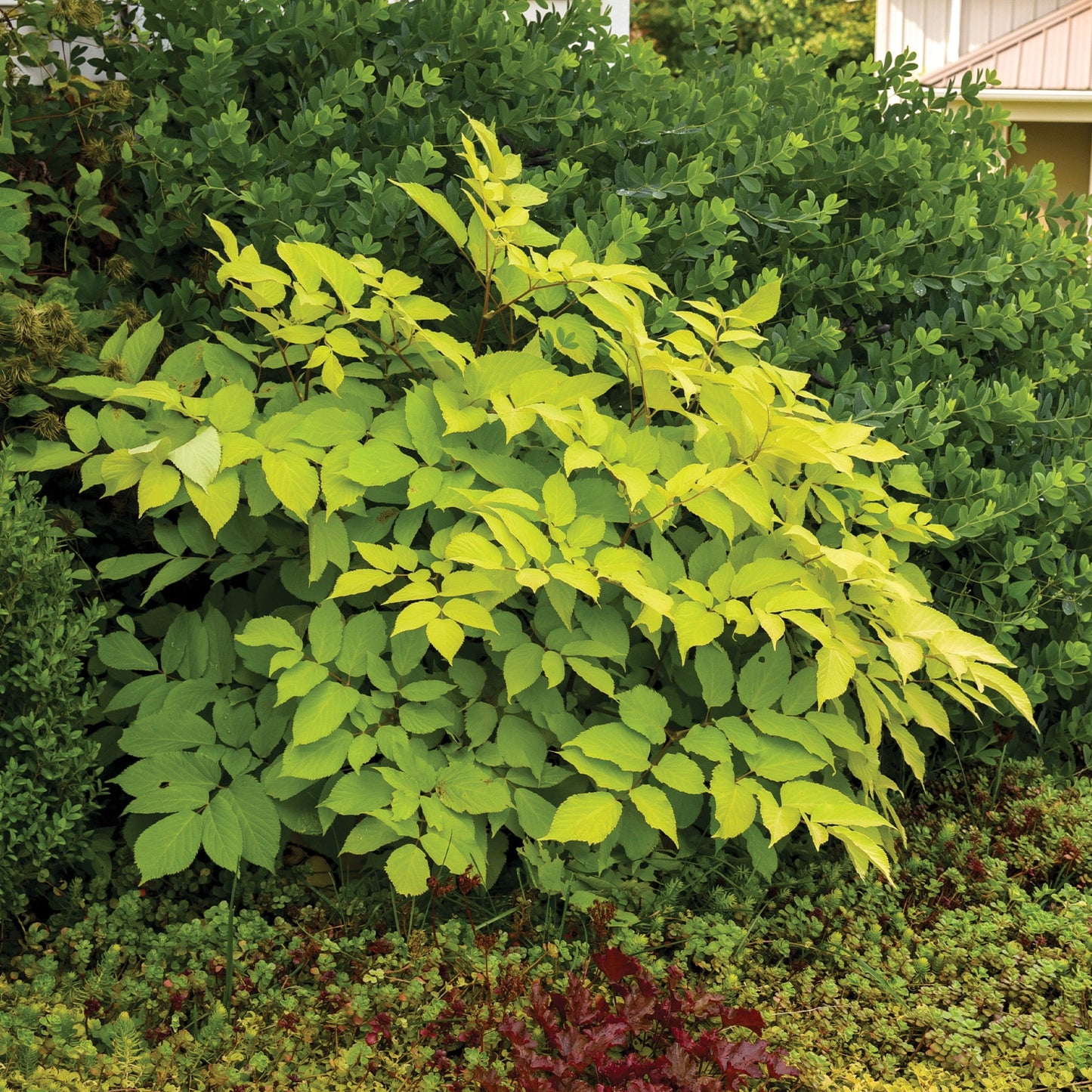
Related articles
-
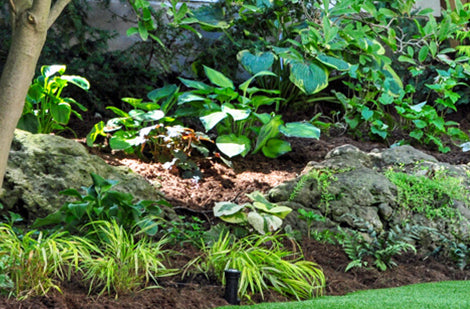
Perennials for all occasions
Read the articleOsez créer des associations inédites qui sauront refléter votre personnalité, même si pour cela vous deviez déplacer certaines vivaces pour mieux les mettre en valeur.
-
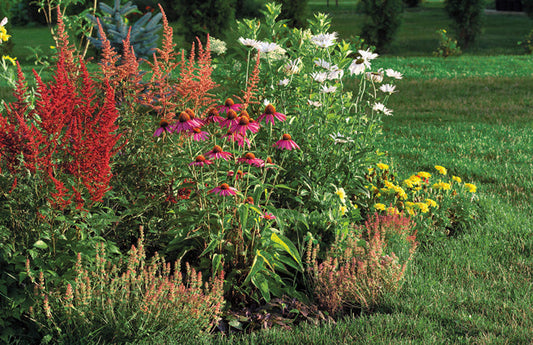
Landscaping with perennials
Read the articleVariétés à découvrir, la tomate se savoure crue, en sandwich, en bruschetta ou en salade. Cuite, c'est l'ingrédient de base de sauces, soupes et salsas.
-
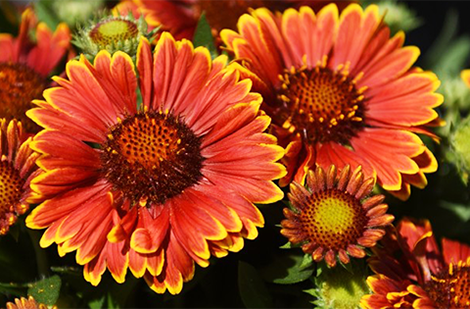
Perennials proper maintenance: cut and fertilize
Read the articleLa grande popularité des vivaces vient du fait qu'après avoir été oubliées pendant des mois au cours de l'hiver, elles réapparaissent sur la scène plus énergiques et surprenantes que par...
-
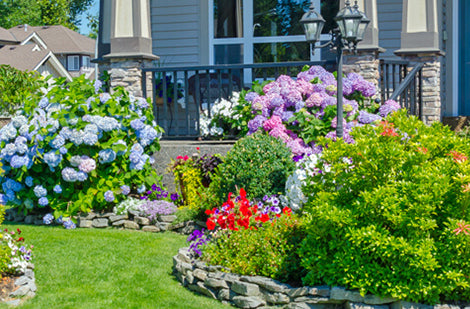
How to plant perennials in your garden
Read the articleEn pénétrant au jardin, ce sont souvent les plantes vivaces que l’on remarque en premier. Un massif de sauges, d’hémérocalles, d’astilbes, d’échinacées ou de lavande offre un spectacle d’une beauté...












